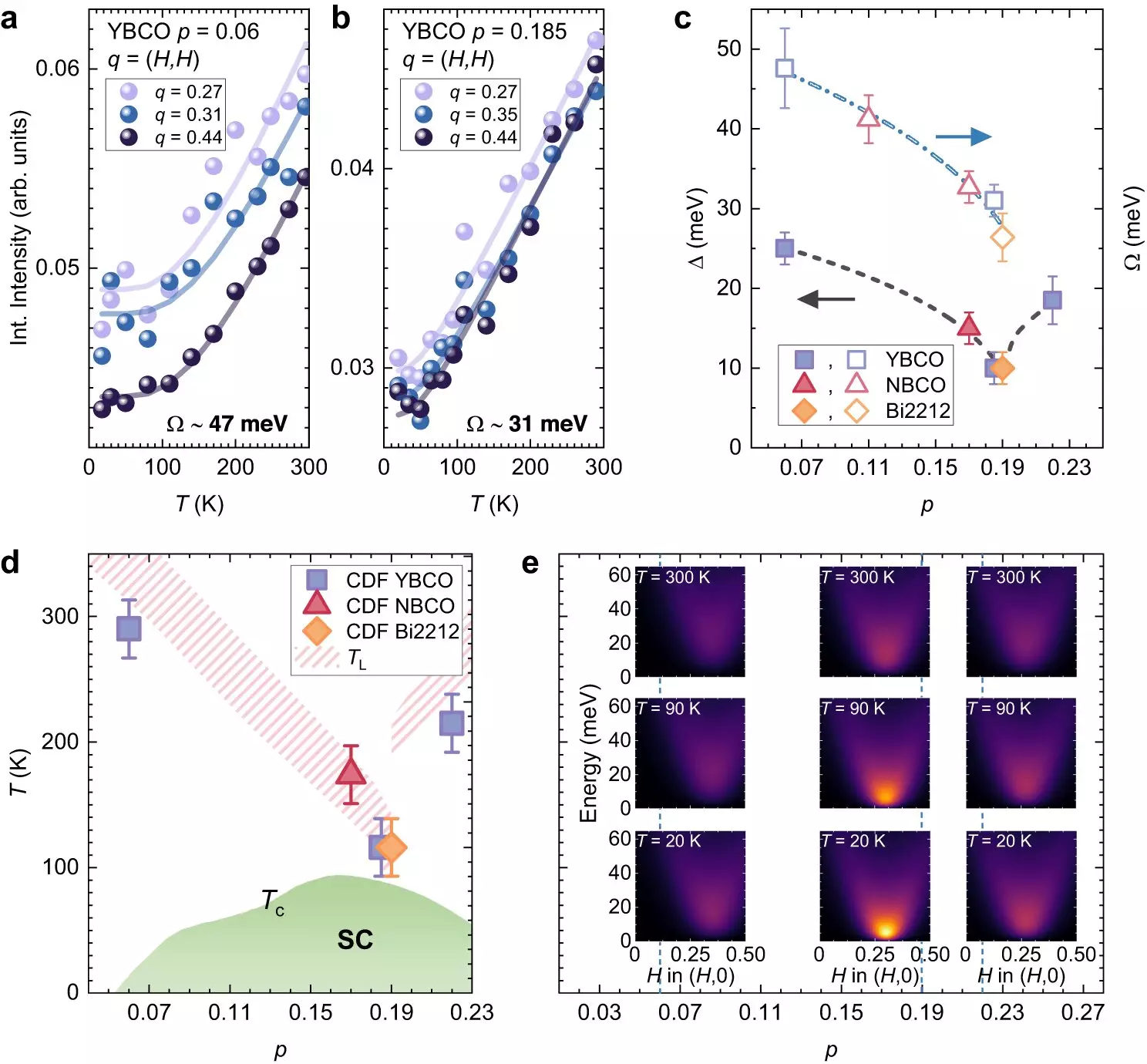A recent study conducted by researchers from Politecnico di Milano, Chalmers University of Technology, and Sapienza University of Rome delves into the enigmatic nature of high-critical-temperature copper-based superconductors. These materials possess unique characteristics, even at temperatures surpassing their critical points, leading to them being referred to as “strange” metals. The researchers’ findings provide insights into the presence of a quantum critical point associated with the “strange metal” phase. This breakthrough contributes to the advancement of superconductivity research while potentially paving the way for sustainable technologies and a greener future.
A quantum critical point refers to specific conditions in which a material undergoes a sudden transformation in its properties solely due to quantum effects. Similar to how ice transitions into liquid state at 0°C due to microscopic temperature influences, cuprates, a type of copper-based superconductor, transform into “strange” metals due to quantum charge fluctuations. Riccardo Arpaia, the leading author of the study and a researcher at Chalmers University of Technology, explains the significance of this phenomenon.
To shed light on the behavior of cuprates, the research team conducted X-ray scattering experiments at the European Synchrotron ESRF and the British synchrotron DLS. Through these experiments, they uncovered the existence of charge density fluctuations that impact the electrical resistance of cuprates, resulting in their “strange” behavior. By systematically measuring the energy variations of these fluctuations, the researchers successfully identified the charge carrier density at which the energy reaches its minimum, known as the quantum critical point.
The researchers’ discovery is the culmination of over five years of meticulous work. They employed the RIXS technique extensively developed at Politecnico di Milano to analyze the data. With numerous measurement campaigns and novel data analysis methods, the existence of the quantum critical point was ultimately confirmed. Giacomo Ghiringhelli, the coordinator of the research and a Professor at the Physics Department of Politecnico di Milano, emphasizes that a deeper understanding of cuprates can guide the design of improved materials with higher critical temperatures. These advancements would make superconductors more accessible and applicable in future technologies.
Sergio Caprara, alongside his colleagues at Sapienza University of Rome’s Department of Physics, formulated a theory attributing a crucial role to charge fluctuations in cuprates. Their insights contribute to the growing body of knowledge surrounding high-critical-temperature copper-based superconductors. By comprehending the intricacies of charge fluctuations and their impact on the behavior of these materials, researchers can strive towards developing even more efficient and practical superconducting materials.
The recent study’s exploration of the quantum critical point in copper-based superconductors marks a significant advancement in the field. These findings enhance our understanding of the “strange” behavior exhibited by cuprates, contributing to the development of improved superconducting materials with higher critical temperatures. As researchers continue to delve into the mysteries of high-critical-temperature superconductors, the possibilities for sustainable technologies and an environmentally friendly future expand. The discovery of a quantum critical point in relation to “strange” metals brings us closer to harnessing the full potential of superconductivity.



Leave a Reply